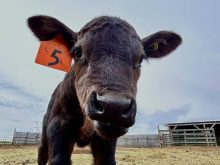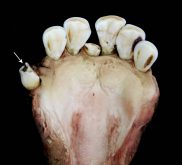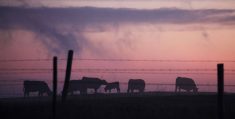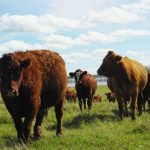DRAKE, Sask. – Gord Schroeder thinks raising sheep with cattle is an excellent strategy for reducing the risks of producing beef.
“In the sheep industry, we’re saying don’t get rid of what you’ve got, just add sheep to it. You’re spreading your risk around. Environmentally, there’s all kinds of opportunity for sheep to do things other animals won’t do,” said Schroeder, executive director of the Saskatchewan Sheep Development Board.
Schroeder was showing and selling some of his ewes at this year’s Grasslands Sheep Exhibition in Drake, Sask., July 24-26. Compared to past events, he said this year’s show placed more emphasis on education.
Read Also
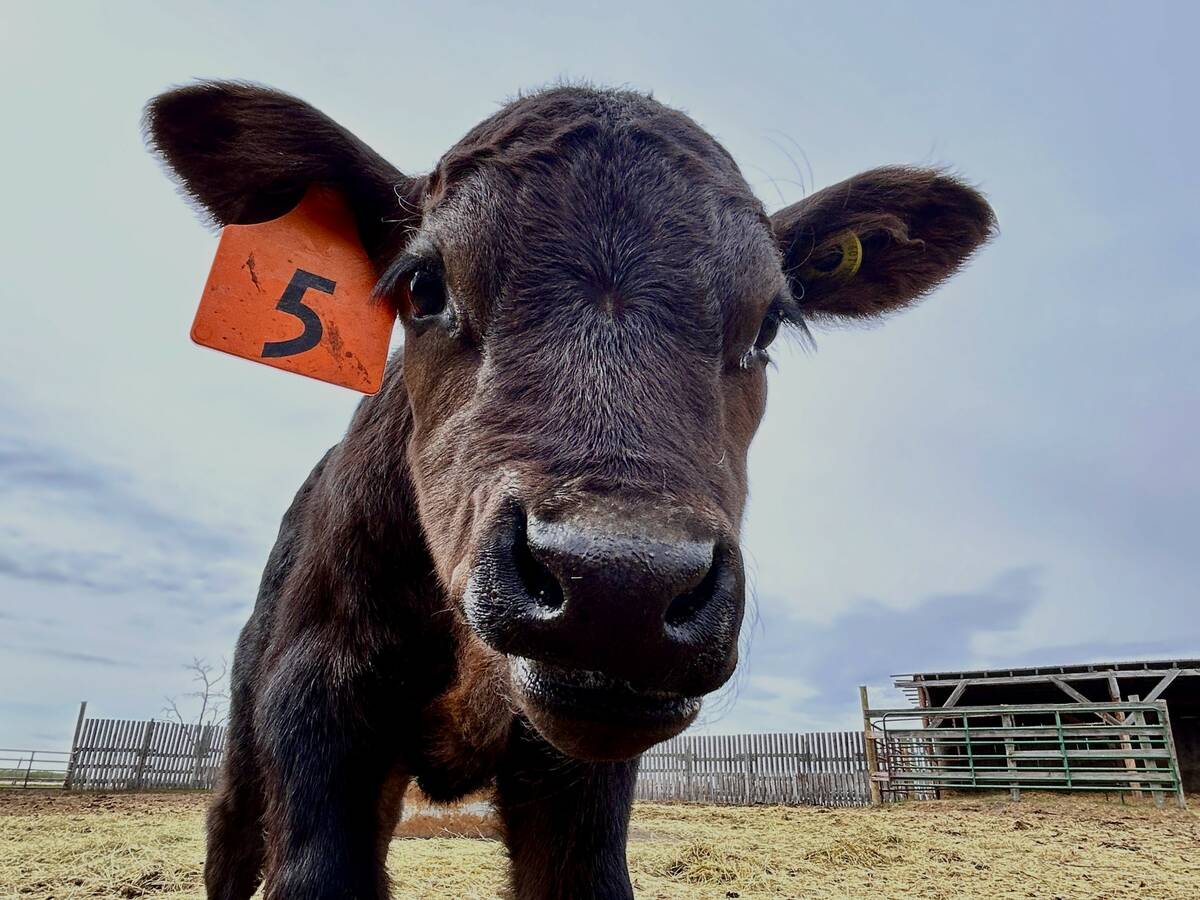
Calf hormone implants can give environmental, financial wins
Hormone implants can lead to bigger calves — reducing greenhouse gas intensity, land use intensity and giving the beef farmer more profit, Manitoba-based model suggests.
Besides a trade fair, the event featured wool, commercial and purebred sheep shows along with a jackpot ewe lamb show.
Demonstrations included electronic tagging and electric fencing.
Schroeder has been producing sheep for 28 years and said there are many advantages to raising them in Saskatchewan, which is close to Alberta for third spot in total production of lamb in Canada. Quebec and Ontario are the clear front runners.
“Saskatchewan holds a strong advantage to production costs so that’s why we’re trying to get people to raise sheep in Saskatchewan. You can see that. Lots of Alberta farmers are moving to Saskatchewan, buying land here, (because of) reasonable land and feed costs,” he said.
He added the number of sheep being produced has remained stable the past few years, but there is opportunity.
“We’re only producing 42 percent of what we consume in this country. So we could double our national flock and still not be exporters of lamb.
“Part of the reasons our prices have remained really high is because there’s a shortage of lamb and we don’t have to export anything. We can go after niche markets with our product. Our prices are well above average now and the industry is strong.”
As compared to cattle, sheep are easier to manage and more flexible to raise, he said, which provides more chances for off-farm income.
“There’s lots of situations where the women are running the majority of the sheep operation. The size of the animal lends itself well to that. We encourage that and family participation,” said Schroeder.
One key difference between cattle and sheep, however, is the birthing rate.
“We have a lot of lambs being born very quickly. Talking to a producer today. He lambed out 250 ewes in 14 days. That’s a lot of little lambs very quickly.”
Lambing requires attention because many ewes will have twins and triplets. Mothering problems may occur if space is not provided between ewes.
Schroeder said one solution is using little pens during birth. “If you’re there to prevent the miss-mothering, it takes a lot of the workload off.”
He said there’s a big push in the livestock industry for multi-species grazing.
“Sheep will eat a different variety of species than cows will. Cows will provide some kind of predation protection for the lambs as well. Some of the testing we have done is you can add one ewe to every cow and not do anything to your grass as far as limiting your cow numbers. They’re eating different. Sheep will eat a lot of shrubs, weeds and stuff the cow will not eat.”
Schroeder said many beef producers think there’s a lot of labour involved in raising sheep as compared to cattle. It’s a hard sell, but the recent data is convincing some to take a hard look at sheep.
“Once you’ve been ingrained year after year, ‘Well I do beef and I don’t do sheep,’ it’s hard to penetrate that,” he said.
“We’re not trying to take people out of beef into sheep. The sheep can subsidize the beef right now. And it could be the other way down the road where the beef is strong and the lambs are down,” he said.
“Diversify. That’s what we’re asking. Just diversify.”





